Videos to Teach the Past Simple Tense
Recently I have created a set of videos to teach the past simple tense in English. There is a video that helps students learn to form the past tense in the following situations:

Recently I have created a set of videos to teach the past simple tense in English. There is a video that helps students learn to form the past tense in the following situations:
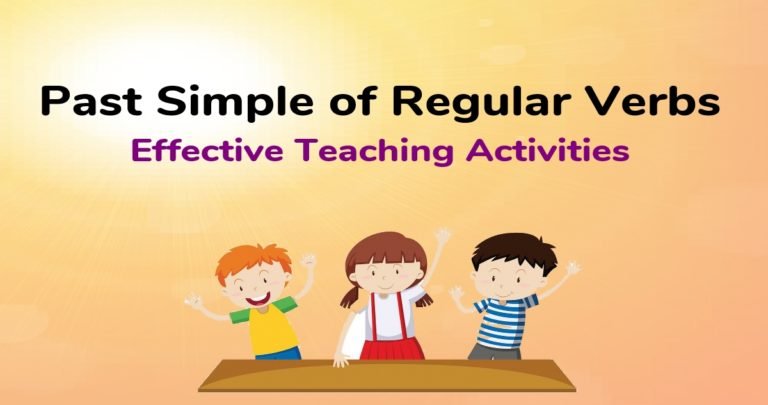
Do your students struggle with the past simple tense? Do you want to make your teaching more effective and fun?
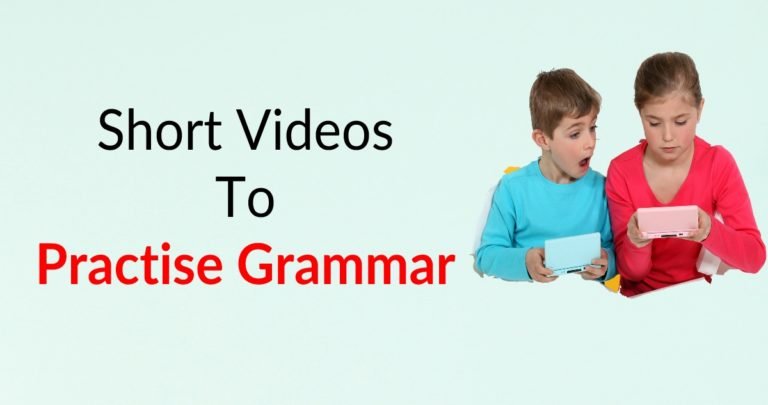
Grammar is very important. But grammar revision is often boring.
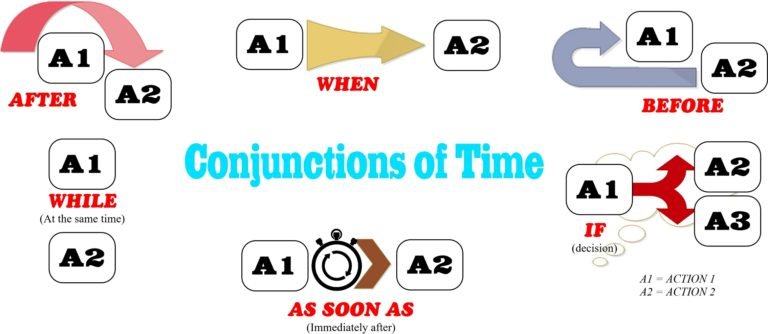
To teach the conjunctions of time, it is crucial that the students understand the meaning of the conjunctions. That is why I have created the following graphic organiser which I use to explain the meaning of the conjunctions: I print the picture and hand it out to my students. ADVERT: [showmyads] Then I explain the…
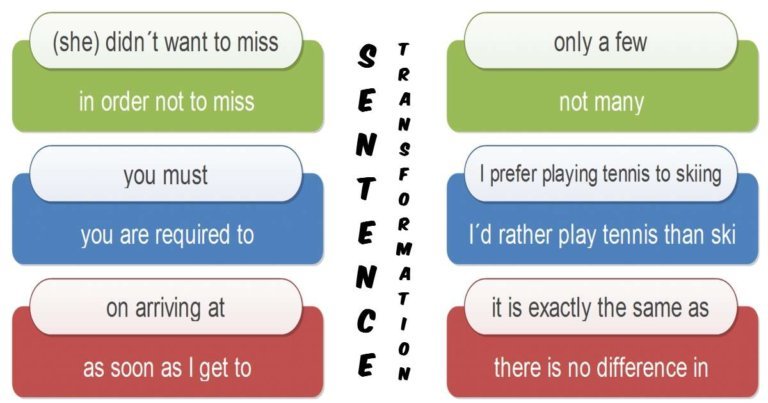
For some students, sentence transformation is the test they are really scared of. They feel that they cannot form the sentences correctly and often fail their exams just because they mess this part up. However, as a learner and teacher of English, I feel that this test is simple. I cannot help thinking that the…
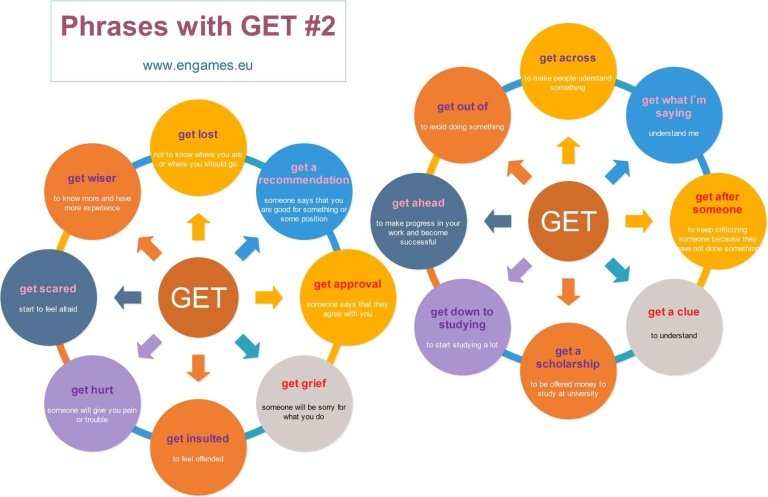
Together with Fluency MC we have already published several interesting posts. In our latest post, we tried to help you teach 16 phrases with GET. And this time, there are 16 more. All the phrases come from the song by Fluency MC called GET A LIFE. And as the song contains many more phrases with…
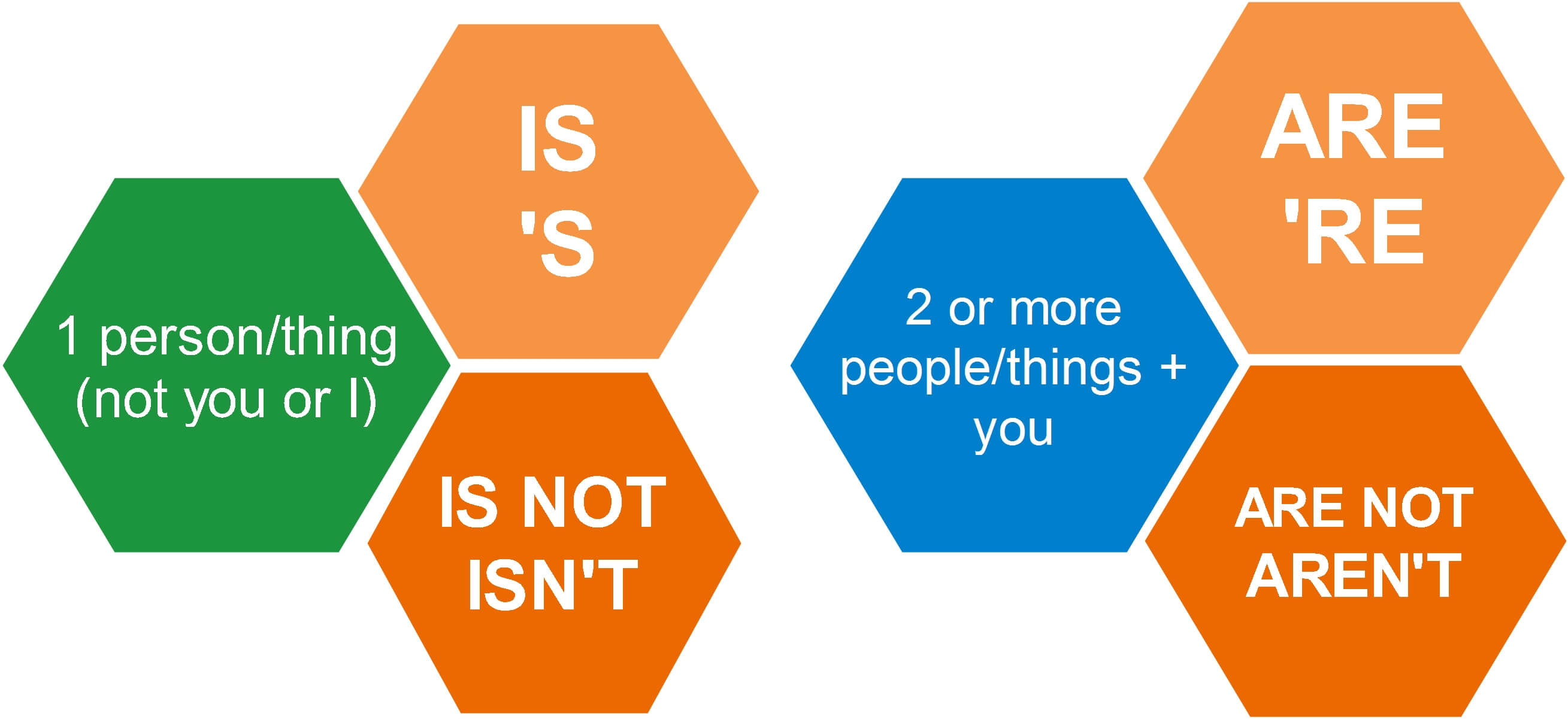
The verb TO BE is the most important verb in English. Unfortunately, it is the most irregular verb in English, too. However, as all students of English manage to master its forms in the end, there is no reason to dispair. This mastery comes through practise. In this post I would like to share with…
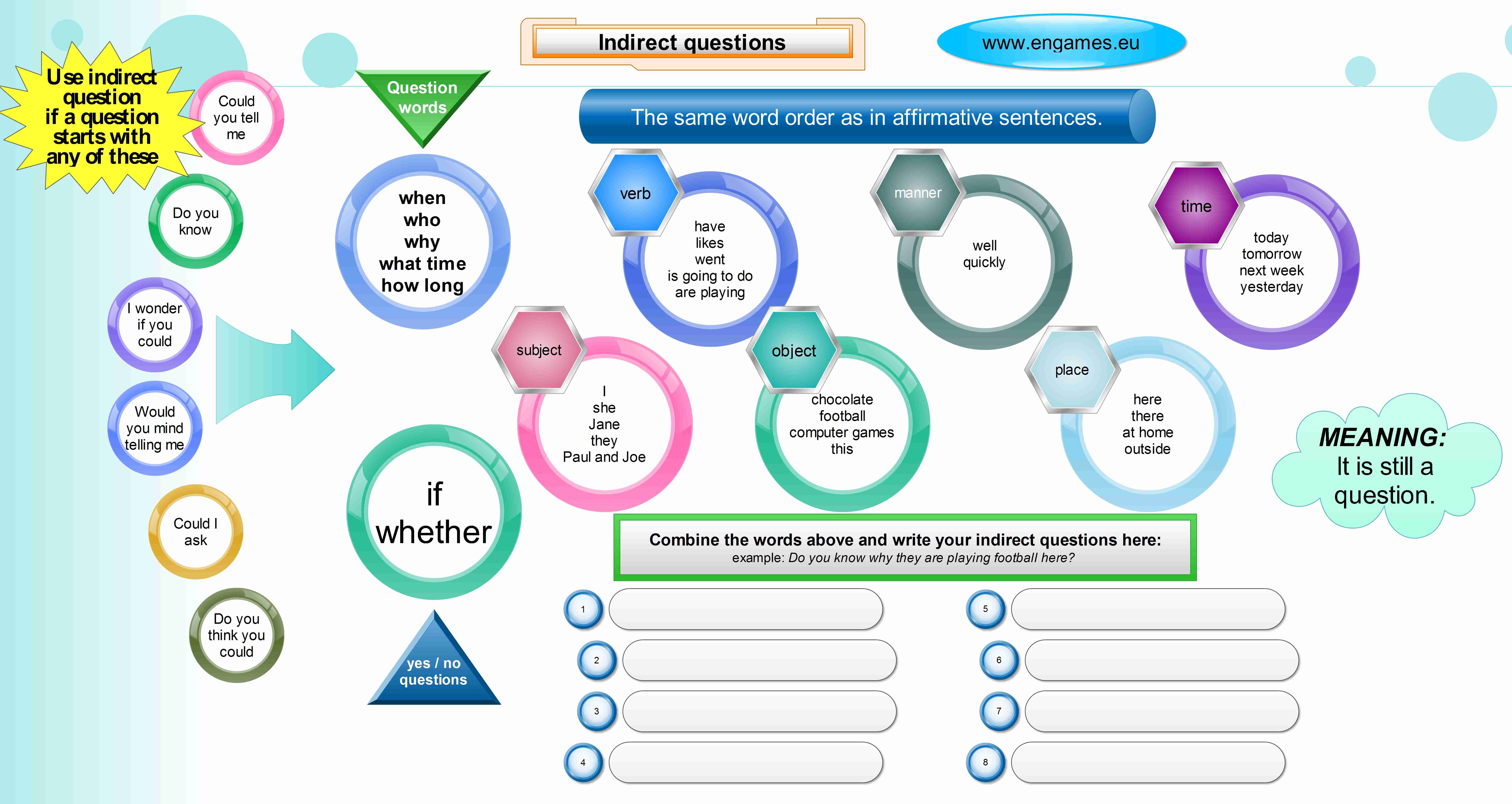
When students hear the phrase indirect questions, they get scared. But actually this is one of the easiest grammar points in English. The only thing you have to watch out for is that if a sentence starts with a certain phrase (Do you know or Could you tell me etc.) you have to use the…
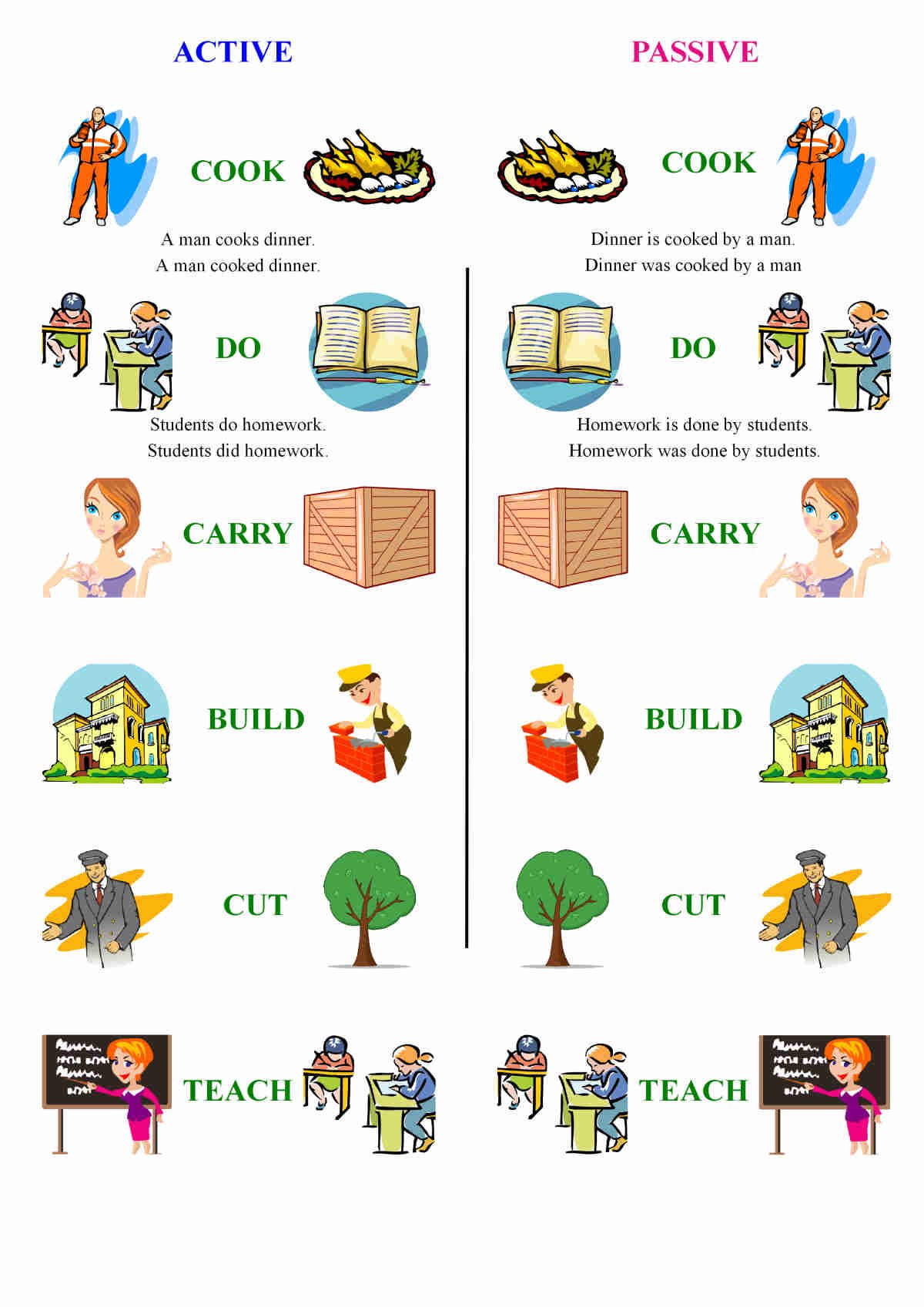
To learn Passive voice it is necessary to know the past participles. If you do not know the past participles go to our post on Past participle and learn the irregular verbs first. Once you do not have any problems with past participles, it is time to learn the Passive voice in English. Passive voice…